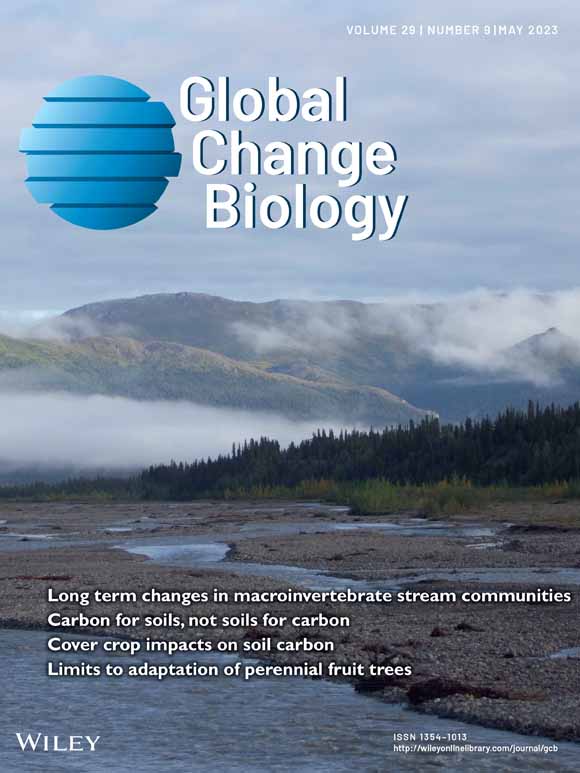- Topic:Biodiversity
Freshwater megafauna shape ecosystems and facilitate restoration
This is a review, synthesizing how megafauna shape ecological processes in freshwater ecosystems and discussing their potential for enhancing ecosystem restoration. Restoring freshwater megafauna can revive essential ecological processes like disturbances, trophic cascades, and species dispersal, boosting biodiversity and enhancing nature's contributions to people.

Reintroduced, but not accepted: Stakeholder perceptions of beavers in Germany
The authors conducted a scientific online survey among representatives of the general public, forestry and agriculture to find out their opinions on beavers in Germany. The majority of the general public have a positive view of beavers, while the agricultural and forestry sectors have a much more negative view. There are also regional differences.
A candidate sex determination locus in amphibians which evolved by structural variation between X- and Y-chromosomes
The authors have identified a gene locus responsible for sex determination in the European green toad. This reveals only the second known genetic mechanism for sex differentiation in amphibians.

Inland navigation and land use interact to impact European freshwater biodiversity
Using a comprehensive set of long-term data, the authors show that shipping has contributed to a significant loss of biodiversity of fish and macroinvertebrates in European rivers in recent decades – and that the animal communities are becoming increasingly homogeneous and river-typical species are being lost. Invasive species, on the other hand, are significantly increasing.

The potential of citizen science to transform science: Lessons for a sustainable future
The authors analysed 8 citizen science projects within Accelerator Programme of the EU H2020 funded ACTION project that deal with environmental pollution. Citizen science involves the public in the scientific process, making research more relevant and responsive. Our findings show that this can lead to a more sustainable future, where science and society work together to solve pressing problems.
A scenario-guided strategy for the future management of biological invasions
The study used a scenario-based approach to explore management options for invasive species in Europe. During two workshops involving a multidisciplinary team of experts, a management strategy arranged into 19 goals relating to policy, research, public awareness, and biosecurity was developed considering different future scenarios of biological invasions.

Global introductions and environmental impacts of freshwater megafish
The authors investigated the introductions of freshwater megafish on a global scale and assessed their environmental impacts. Of the 134 extant freshwater megafish species, 46% have been introduced to new environments, and of these, 69% have established self-sustaining alien populations and posed negative impacts on native species through nine different mechanisms.
The potential of historical spy-satellite imagery to support research in ecology and conservation
This study evaluated the spatial, temporal, and seasonal coverage of over one million declassified images from 4 US spy-satellite programmes, showing that this data spans nearly the entire globe and all seasons. Their use could lead to better mapping of the historical extent and structure of ecosystems and human impacts, and help reconstruct past habitats and species distributions.

Health risk ranking of antibiotic resistance genes in the Yangtze River
Aquatic microorganisms in China's Yangtze River are particularly resistant to many antibiotics, posing a high health risk.

Three hundred years of past and future changes for native fish species in the upper Danube River Basin—Historical flow alterations versus future climate change
The authors show that fish have been particularly sensitive to changes in flow regimes in the past, while higher temperatures will pose the greatest threat in the future. The threat assessment will remain at least as high in the future. However, it could probably be mitigated by reconnecting former floodplains and improving river connectivity.





